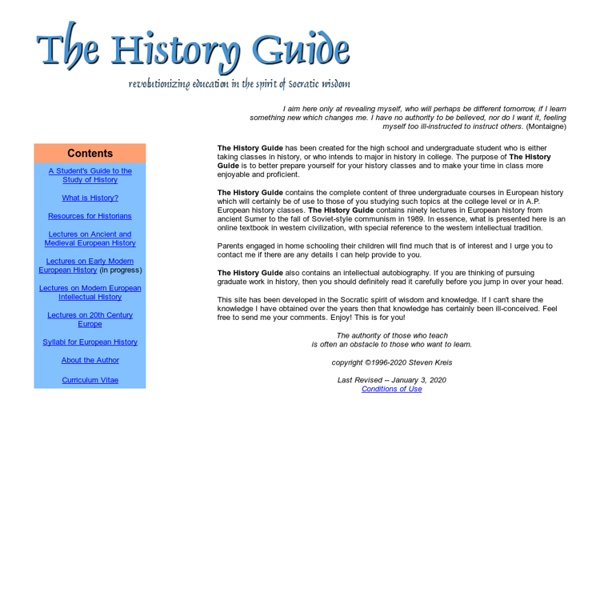



The history of the paper clip: It was invented in 1899. It hasn’t been improved upon since Getty Images/BananaStock via Thinkstock. The paper clip is something of a fetish object in design circles. Its spare, machined aesthetic and its inexpensive ubiquity landed it a spot in MoMA’s 2004 show Humble Masterpieces. This was a pedestal too high for design critic Michael Bierut, who responded with an essay called “To Hell with the Simple Paper Clip.” He argued that designers praise supposedly unauthored objects like the paper clip because they’re loath to choose between giving publicity to a competitor and egotistically touting their own designs. Most everyday objects—like the key, or the book, or the phone—evolve over time in incremental ways, and the 20th century in particular revolutionized, streamlined, or technologized the vast majority of the things you hold in your hand over the course of an average day. Before the paper clip, there was paper. “Mr. Here in Mr. Epinglier/Defehrt/Goussier via artoftheprint.com. Image of box via Officemuseum.com.
Great Websites to Explore History The websites below are not intended only for history teachers but for anyone interested in taking a journey back into history.Some of them provide document search that allows you to search into the most important historical documents from well known and trusted archives. You will also find timelines documenting the major historical events or if you like maps then you can track back the history on maps. All these resources are free to use and do not require any download or software installation.Just browse through the selection below and click on any title to access the webpage. Make sure you share them with your students and colleagues as well. 1- Look Back Maps This is a website that allows users to view historical pictures of various locations on Google Maps, search for specific locations and even add images. 2- Timelines 4- This Day in History As its name suggests, this is a section where you will find important historical events that happened on this day. 5- World Digital Library
My Fake Wall - MyFakeWall.com Louvre Essential Norman Conquest - An interactive day-by-day retelling of the events of 1066 The 2012 Statistical Abstract What is the Statistical Abstract? The Statistical Abstract of the United States, published since 1878, is the authoritative and comprehensive summary of statistics on the social, political, and economic organization of the United States. Use the Abstract as a convenient volume for statistical reference, and as a guide to sources of more information both in print and on the Web. Sources of data include the Census Bureau, Bureau of Labor Statistics, Bureau of Economic Analysis, and many other Federal agencies and private organizations. The U.S. Sources of Data The Abstract is also your guide to sources of other data from the Census Bureau, other Federal agencies, and private organizations. [Excel] or the letters [xls] indicate a document is in the Microsoft® Excel® Spreadsheet Format (XLS). available for free from Microsoft®. denotes a file in Adobe’s Portable Document Format. available free from Adobe. indicates a link to a non-government web site.
7 Outstanding YouTube Channels for History Teachers Educational Technology and Mobile Learning has recently started featuring some educational YouTube channels pertaining to different subject matters. Up to this moment, we have covered channels for Math, Science, and yesterday we posted a list of channels for kids. The purpose behind such collections is to help teachers and educators have instant access to educational videos they might need to use with their students. The channels we post are among the top ones you can find on YouTube and some of them are created by teachers like you and me. Today, we are providing you with a list of some of the best YouTube channels. The list is not exhaustive and we might have skipped some other useful ones, but we are sure the ones included below have the answers you would be looking for when it comes to looking for history videos to share with your students. 1- Dizzo Dizzo documents the human's history in short videos . 2- US National Archives 3- World History and other Stuff 4- Computer History Museum
Post Secondary Prep The Students.gov website was retired on October 2, 2011. You can find the information and resources listed on Students.gov at the following websites: USA.gov—The U.S. government's official Web portal to federal, state, and local government Web resources and services.CareerOneStop—Your pathway to career success. This site provides tools to help job seekers, students, businesses, and career professionals. Sponsored by the U.S.